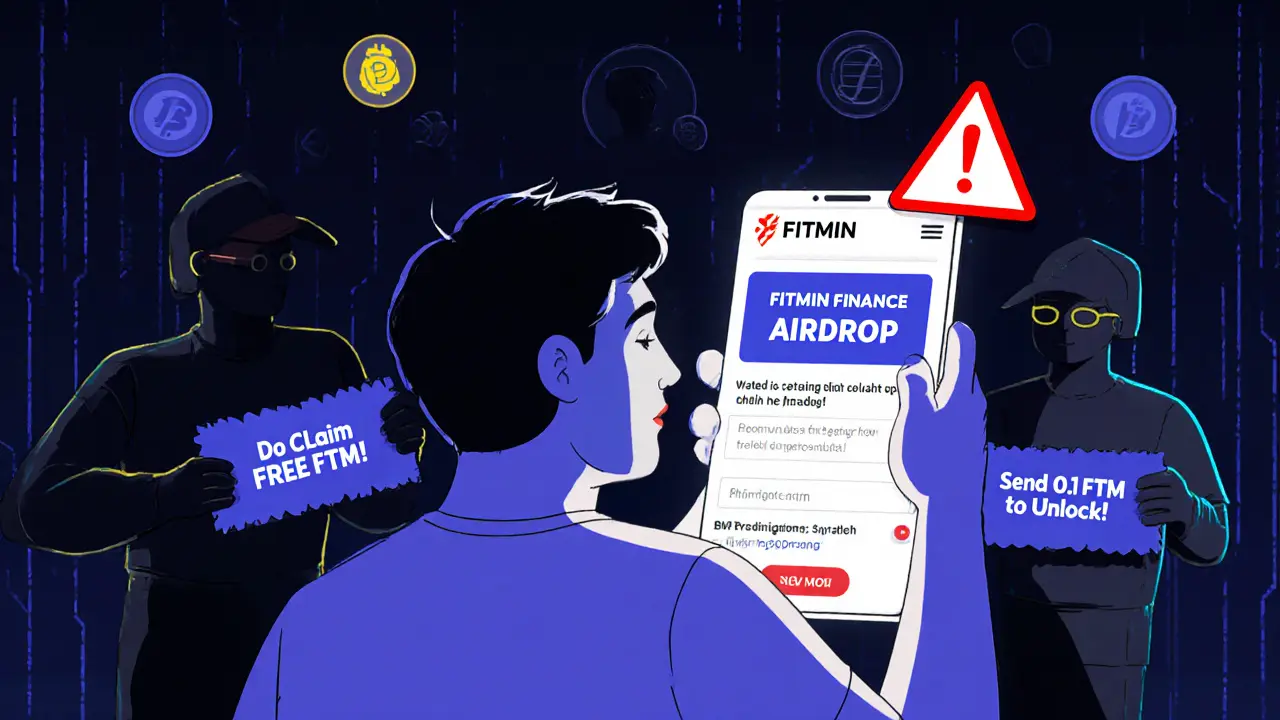FTM Airdrop: How to Find Legit FTM Token Rewards and Avoid Scams
When people talk about an FTM airdrop, a free distribution of FTM tokens on the Fantom blockchain to reward early users or community members. It's not a magic money machine—it's a way for projects to spread adoption and build a user base. Also known as Fantom token airdrop, it only makes sense if you're already using the Fantom network or planning to. Most FTM airdrops aren't random giveaways. They're tied to specific actions: holding a certain token, using a DEX on Fantom, or interacting with a smart contract. If someone says you can get FTM just by signing up on a website, they're likely trying to steal your wallet key.
Real FTM airdrops happen on platforms like Fantom blockchain, a fast, low-cost Layer-1 blockchain built for DeFi and dApps, using the Lachesis consensus mechanism. Projects built on it—like SpookySwap, Beethoven X, or GhostSwap—sometimes reward users who provide liquidity or stake their tokens. The FTM token, the native cryptocurrency of the Fantom network, used for fees, staking, and governance isn’t given out by random Twitter accounts or Telegram bots. You don’t need to send crypto to claim it. Legit airdrops use your wallet address—no deposit required.
Many so-called "FTM airdrop" claims you see online are scams. They copy the names of real projects, use fake logos, and ask you to connect your wallet. Once you do, they drain it. Always check the official website of the project—never trust a link from a DM or a YouTube ad. Look for audit reports, verified social accounts, and community discussions on Reddit or Discord. If a project doesn’t have a GitHub repo or a team profile, walk away.
Some FTM airdrops are tied to NFTs or governance participation. For example, if you held a specific NFT on Fantom during a snapshot date, you might get FTM later. Others reward users who voted in a DAO poll or staked their tokens for 30+ days. These aren’t instant cashouts—they’re long-term incentives. The FTM token itself has value because it powers transactions and security on a growing blockchain. But the airdrops? They’re rare, targeted, and never promised to everyone.
What you’ll find below are real case studies of past FTM-related airdrops, breakdowns of how they worked, and clear warnings about the scams that try to ride on their name. You’ll also see what wallets actually work with FTM, how to check if you qualified for a past drop, and why most "free FTM" offers are just traps. This isn’t about hype—it’s about knowing what’s real before you click anything.
